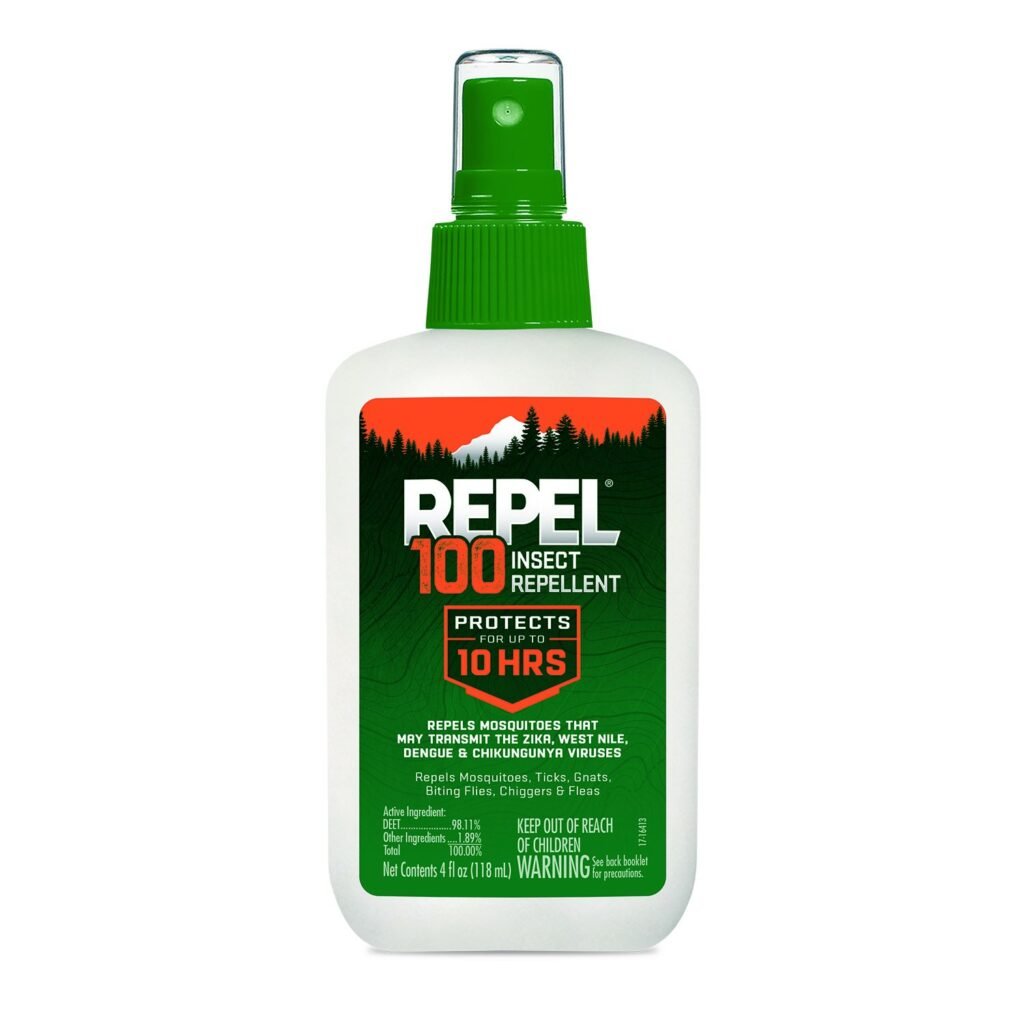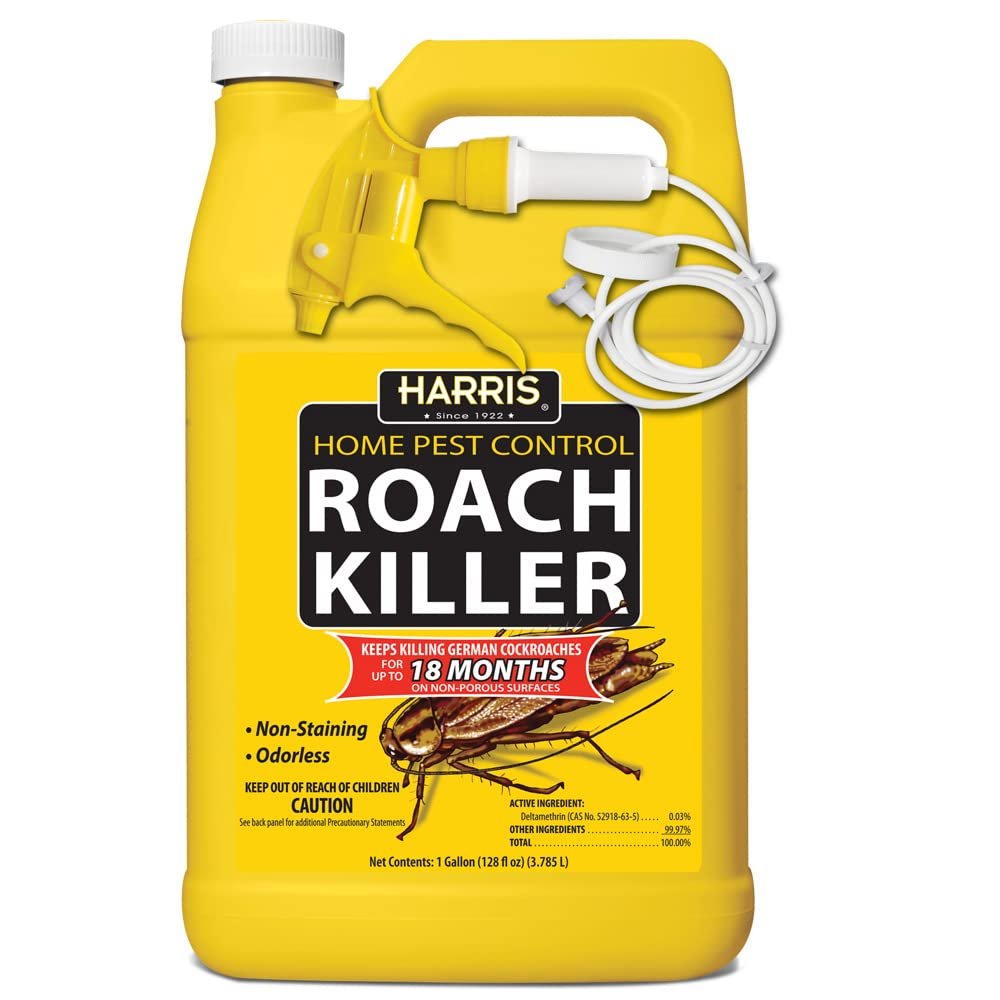Have you ever wondered if roaches ever truly disappear from your home? Despite your relentless efforts to eliminate them, these resilient creatures always seem to find a way back in. In this article, we will explore the elusive nature of roaches and delve into the factors that contribute to their never-ending presence. So, if you’re tired of dealing with these unwelcome guests, keep reading to find out if there’s truly hope for permanently banishing roaches from your life.
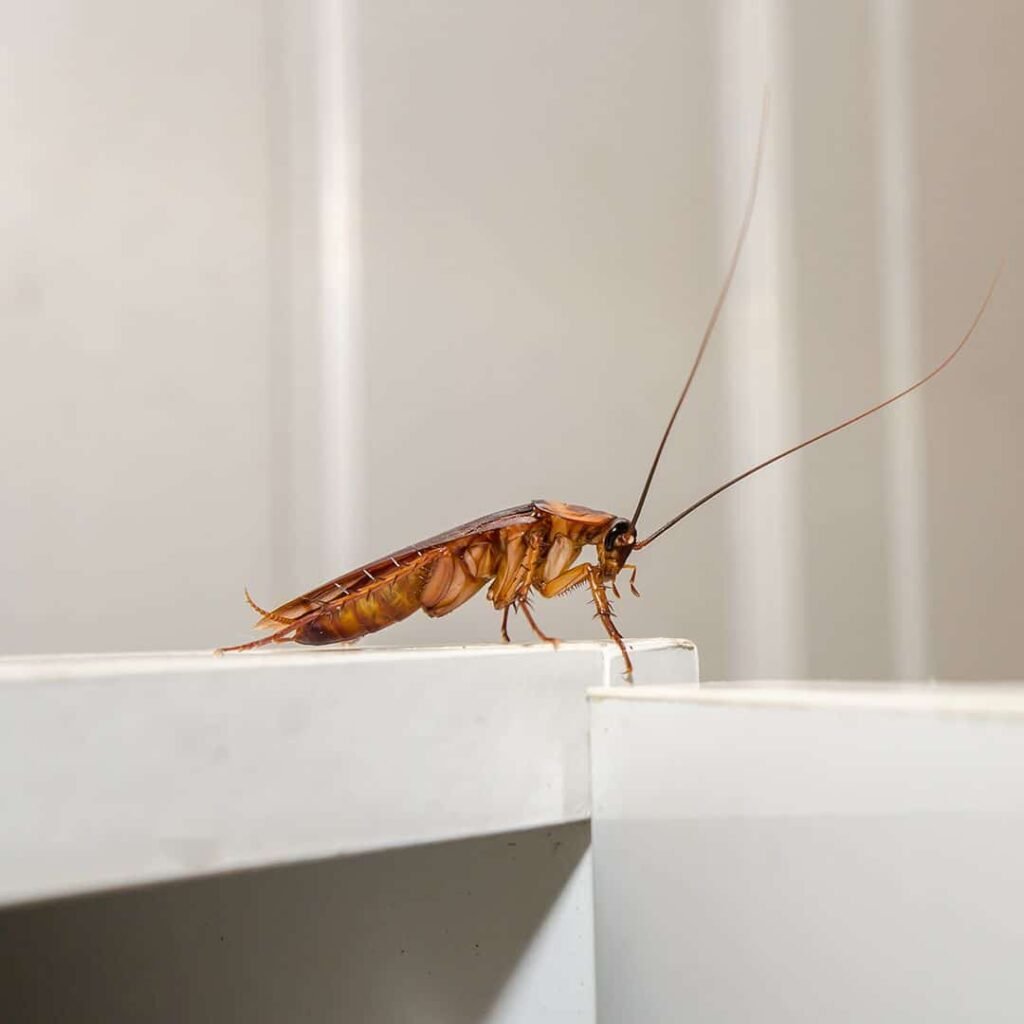

Factors that Attract Roaches
Food Sources
Roaches are attracted to environments where food is readily available. They can feed on a wide variety of items, including leftover crumbs, dirty dishes, and even pet food. It’s important to keep your kitchen and dining area clean, ensuring that food is properly stored and spills are promptly cleaned up.
Water Sources
Like all living creatures, roaches need water to survive. They are particularly attracted to areas with moisture, such as leaky faucets, damp basements, and standing water. Fixing any plumbing issues and promptly drying up water spills can help deter roaches from entering your home.
Warm and Dark Environments
Roaches thrive in warm and dark spaces. They are often found in areas like attics, basements, and crawl spaces where the temperature remains stable and provides them with optimal living conditions. Regularly inspect and maintain these areas to reduce the chances of a roach infestation.
Clutter and Debris
Clutter and debris provide roaches with hiding spots and easy access to food sources. It’s important to keep your living space tidy and free of unnecessary clutter to minimize the chances of a roach infestation. Regularly decluttering and organizing your home can make it less appealing to these pests.
Roach Lifespan and Reproduction
Lifespan
The lifespan of a roach depends on the species, but on average, they can live anywhere from several months to a few years. Factors such as climate, availability of food and water, and the presence of predators can influence their lifespan. By understanding their lifespan, you can better gauge the persistence of a roach infestation and plan your pest control methods accordingly.
Reproduction Process
Roaches have a unique reproductive process that allows them to quickly multiply. They reproduce through a process known as “parthenogenesis,” where the female is capable of producing eggs without being fertilized by a male. This means that a single female roach can create an entire population in a relatively short period. Understanding their reproductive capabilities is crucial in effectively controlling and eliminating roach infestations.
Egg Laying and Hatching
Female roaches lay their eggs in hidden, protected areas. Each egg case, known as an ootheca, can contain multiple eggs. The egg cases are often attached to surfaces such as walls, furniture, or even inside household appliances. The time it takes for the eggs to hatch varies depending on the species and environmental conditions. Once the eggs hatch, the young roaches, known as nymphs, will go through several molting stages before reaching adulthood.
Why Roaches are Persistent
Adaptability
Roaches are incredibly adaptable creatures. They have the ability to survive in a wide range of environments, including urban areas, forests, and even deserts. Their ability to adapt to different conditions and their resilience to various pest control methods makes them a persistent pest.
Survival Skills
Roaches have evolved over millions of years, developing survival skills that help them thrive in a variety of situations. They have a keen sense of smell, allowing them to locate food and water sources from a distance. Additionally, they can quickly hide in small cracks and crevices, making it difficult for humans to eradicate them completely.
Hardiness
Roaches are known for their hardiness and ability to withstand harsh conditions. They can survive without food for long periods and even withstand radiation levels that would be lethal to humans. Their ability to survive under adverse circumstances makes them a challenging pest to eliminate.
Rapid Reproduction
One of the main reasons roaches are so persistent is their rapid reproduction rate. A single female roach can produce several egg cases in her lifetime, and each case can contain up to 50 eggs or more. This exponential growth allows roach populations to quickly reestablish themselves even after a successful eradication attempt.
Common Roach Species
German Cockroach
The German cockroach is one of the most common roach species found in homes and businesses. They are small, light brown in color, and have two distinctive dark stripes running down their backs. They prefer warm and humid environments, making kitchens and bathrooms prime targets for infestations.
American Cockroach
The American cockroach, also known as the “palmetto bug,” is the largest common roach species. They are reddish-brown with a lighter-colored border around their bodies. American cockroaches are primarily found in dark, damp areas such as basements, sewers, and crawl spaces.
Oriental Cockroach
The oriental cockroach, often referred to as the “water bug,” is a larger species that prefers cool and damp environments. They are shiny and dark brown or black in color. Oriental cockroaches are commonly found in basements, drains, and other areas with high moisture levels.
Brown-banded Cockroach
The brown-banded cockroach is a smaller species that is light brown in color with distinctive banding across its wings. They prefer warmer, drier areas and are often found in bedrooms, closets, and other spaces away from water sources. They can also infest electrical appliances.
Methods of Roach Control
Sanitation and Cleaning
Maintaining a clean and sanitary living environment is essential in preventing and controlling roach infestations. Regularly clean and declutter your home, paying special attention to areas where food is prepared and consumed. Properly store food in sealed containers and promptly clean up spills to eliminate potential food sources for roaches.
Exclusion
Preventing roaches from entering your home is crucial in controlling their population. Seal cracks and gaps in walls, floors, and windows to deny access to roaches. Install door sweeps and repair damaged screens to prevent them from entering through gaps in doors and windows.
Chemical Pest Control
Chemical pest control methods can effectively eliminate roaches. Use insecticide sprays, baits, or dusts specifically designed for roach control. Follow the instructions carefully and take necessary precautions to protect yourself, children, and pets from exposure. Repeat treatments may be necessary to completely eradicate the infestation.
Natural and Organic Approaches
For those seeking more natural approaches, several options can help deter and control roaches. Peppermint oil, diatomaceous earth, and boric acid are commonly used natural remedies. However, it’s important to note that while these methods can be effective, they may not provide complete eradication and may require ongoing maintenance.
Professional Pest Control
In severe or persistent infestations, it may be necessary to seek professional pest control services. Pest control professionals have the knowledge, experience, and tools to effectively control and eliminate roach populations. They can assess the extent of the infestation, develop a tailored treatment plan, and provide ongoing monitoring to ensure successful eradication.
Challenges in Eliminating Roaches
Hidden Nests and Harborages
Roaches are skilled at finding hidden areas to build their nests and harborages. They can squeeze into tiny cracks and crevices, making it challenging to locate their hiding spots. Eliminating roach infestations requires thorough inspections and treatments targeting these hidden areas.
Resistance to Pesticides
Some roach species have developed a resistance to certain pesticides, making eradication more difficult. Continuous use of the same pesticide can lead to decreased effectiveness over time. Pest control professionals use a variety of products and strategies to combat pesticide resistance and achieve better results.
Re-infestation
Roaches can easily re-infest a previously treated area if proper preventative measures are not taken. Even a small population can quickly multiply and reestablish an infestation. Ongoing maintenance, regular inspections, and a commitment to cleanliness are crucial in preventing re-infestation.
Neighboring Infestations
Roaches are highly mobile pests, and infestations in neighboring units or neighboring properties can quickly spread to your home. Collaborating with neighbors and implementing coordinated pest control efforts can more effectively address and control roach populations in an entire building or neighborhood.
Undetected Entry Points
Roaches can enter homes through tiny cracks and gaps, making it difficult to identify and seal off all potential entry points. Regular inspections, particularly in areas like basements and crawl spaces, can help identify and address these entry points to prevent future infestations.
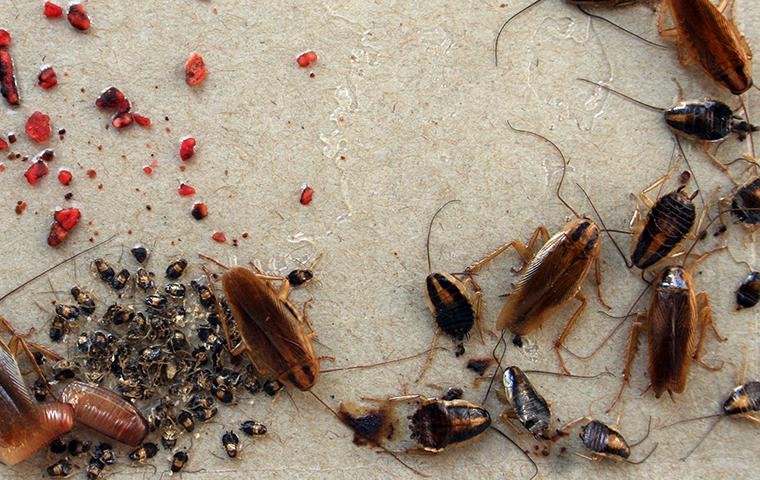

Signs of a Roach Infestation
Fecal Droppings
Roach fecal droppings are one of the most common signs of an infestation. They are small, dark-colored pellets that resemble coffee grounds or black pepper. You may find these droppings in areas where roaches frequent, such as kitchen cabinets, along baseboards, or near food sources.
Egg Casings
Discarded roach egg casings, or oothecae, can indicate a roach infestation. These small, oval-shaped cases are often brown or reddish-brown and can be found in hidden areas such as behind furniture, in cracks and crevices, or inside appliances.
Unpleasant Odor
A strong, musty odor in your home can be a sign of a roach infestation. Roaches emit a pheromone that can become more noticeable when their population size increases. If you notice a persistent, unpleasant odor that you cannot identify, it’s important to investigate for a possible roach infestation.
Cockroach Sightings
The most obvious sign of a roach infestation is actually seeing the pests themselves. Roaches are nocturnal creatures and prefer to hide during the day, so it’s common to spot them at night or in dark areas. However, if you start seeing roaches during the daytime, it may be an indication of a larger infestation.
Health Risks Associated with Roaches
Allergies and Asthma
Roach allergens can trigger allergies and asthma symptoms in susceptible individuals. The cockroach saliva, droppings, and shed skins contain proteins that can become airborne, leading to respiratory problems, sneezing, coughing, and itchy or watery eyes.
Spread of Diseases
Roaches can carry and spread various pathogens and bacteria, including Salmonella, E. coli, and Shigella. These can contaminate surfaces and food, increasing the risk of foodborne illnesses and gastrointestinal infections. Roaches can also spread other disease-causing organisms, posing a potential health risk to humans.
Contamination of Food and Surfaces
Roaches can contaminate food and surfaces with their saliva, fecal matter, and shed skins. This can lead to food poisoning and the transmission of harmful bacteria. It’s essential to store food in sealed containers and regularly clean food preparation areas to prevent contamination.
Secondary Infections
Scratching or coming into contact with roach-infested areas can cause skin infections and allergic reactions. Roach bites, although rare, can lead to redness, swelling, and itching. Additionally, the fecal matter and shed skin particles left behind by roaches can exacerbate skin conditions such as eczema.
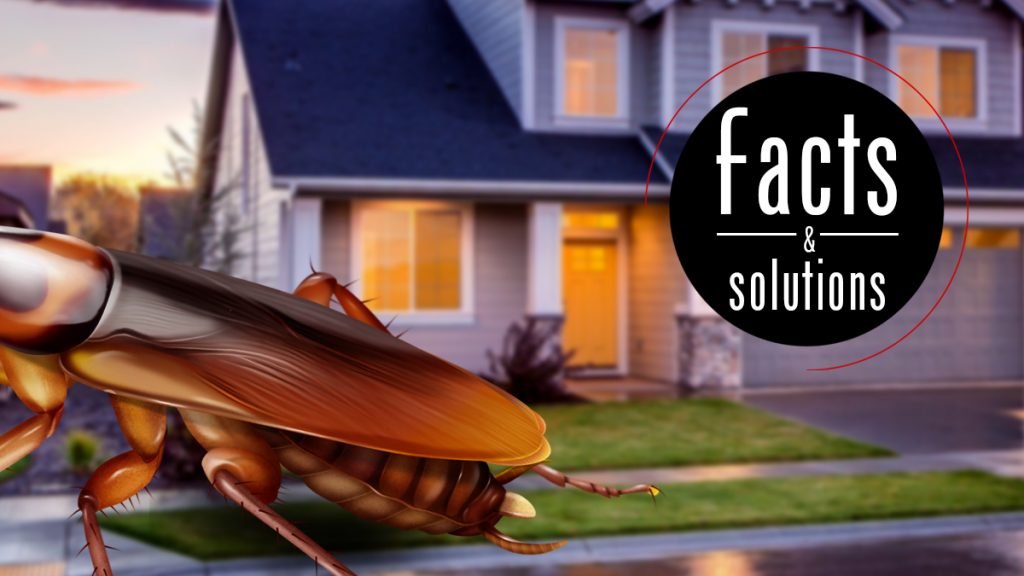

Preventive Measures
Regular Cleaning and Maintenance
Maintaining a clean living space is crucial in preventing roach infestations. Regularly sweep, mop, and vacuum your home to remove food particles and debris. Pay special attention to areas where food is prepared and consumed. Also, regularly empty trash bins and clean grease traps to eliminate potential food sources for roaches.
Proper Storage and Disposal of Food
Store food properly in sealed containers and promptly clean up any spills or crumbs. Avoid leaving food out overnight, and regularly clean your pantry and cabinets to remove any potential hiding spots for roaches. Additionally, properly dispose of trash and ensure garbage bins are sealed tightly to prevent roaches from accessing food waste.
Sealing Entry Points
Inspect your home for cracks, gaps, and openings that could serve as potential entry points for roaches. Seal these openings with caulk or weatherstripping to prevent roaches from entering your home. Pay attention to areas around pipes, windows, doors, and utility openings.
Reducing Moisture and Humidity
Roaches are attracted to damp environments, so it’s important to reduce moisture and humidity in your home. Fix leaky pipes and faucets, ensure proper ventilation in bathrooms and kitchens, and use dehumidifiers in areas prone to excessive moisture. Keeping your home dry can make it less appealing for roaches to establish themselves.
Regular Inspections
Regularly inspect your home for signs of roach activity, even if you haven’t experienced an infestation before. Check hidden areas such as behind appliances, under sinks, and in dark corners. By detecting any early signs of a roach infestation, you can take prompt action to prevent it from becoming a bigger problem.
Obtaining Professional Help
When DIY Methods Fail
In some cases, DIY methods may not be sufficient to eliminate a roach infestation completely. If you’ve tried various techniques without success or if the infestation is severe, it may be time to seek professional help. Pest control professionals have the expertise and resources to effectively control and eradicate roaches from your home.
Choosing a Pest Control Company
When selecting a pest control company, consider their experience, reputation, and the methods they use. Look for companies that are licensed and insured and that have positive customer reviews. Request quotes and compare prices, but also consider the quality of service and guarantees offered.
Effective Treatment Plans
A professional pest control company will assess the severity of the infestation and develop a tailored treatment plan for your specific situation. They will employ a combination of methods, such as baiting, spraying, and trapping, to achieve optimal results. Following their recommendations and instructions is crucial for successful roach control.
Follow-up Inspections and Monitoring
After an initial treatment, it’s important to have follow-up inspections and monitoring to ensure the roach infestation has been completely eradicated. Pest control professionals will schedule regular visits to assess the effectiveness of the treatment and make any necessary adjustments. Ongoing monitoring is crucial in preventing re-infestations and addressing any new issues that may arise.
Your Expert in Animal Control and Extermination. Trust our experience for humane, effective pest management, protecting your property and ensuring peace of mind with Michael S.




